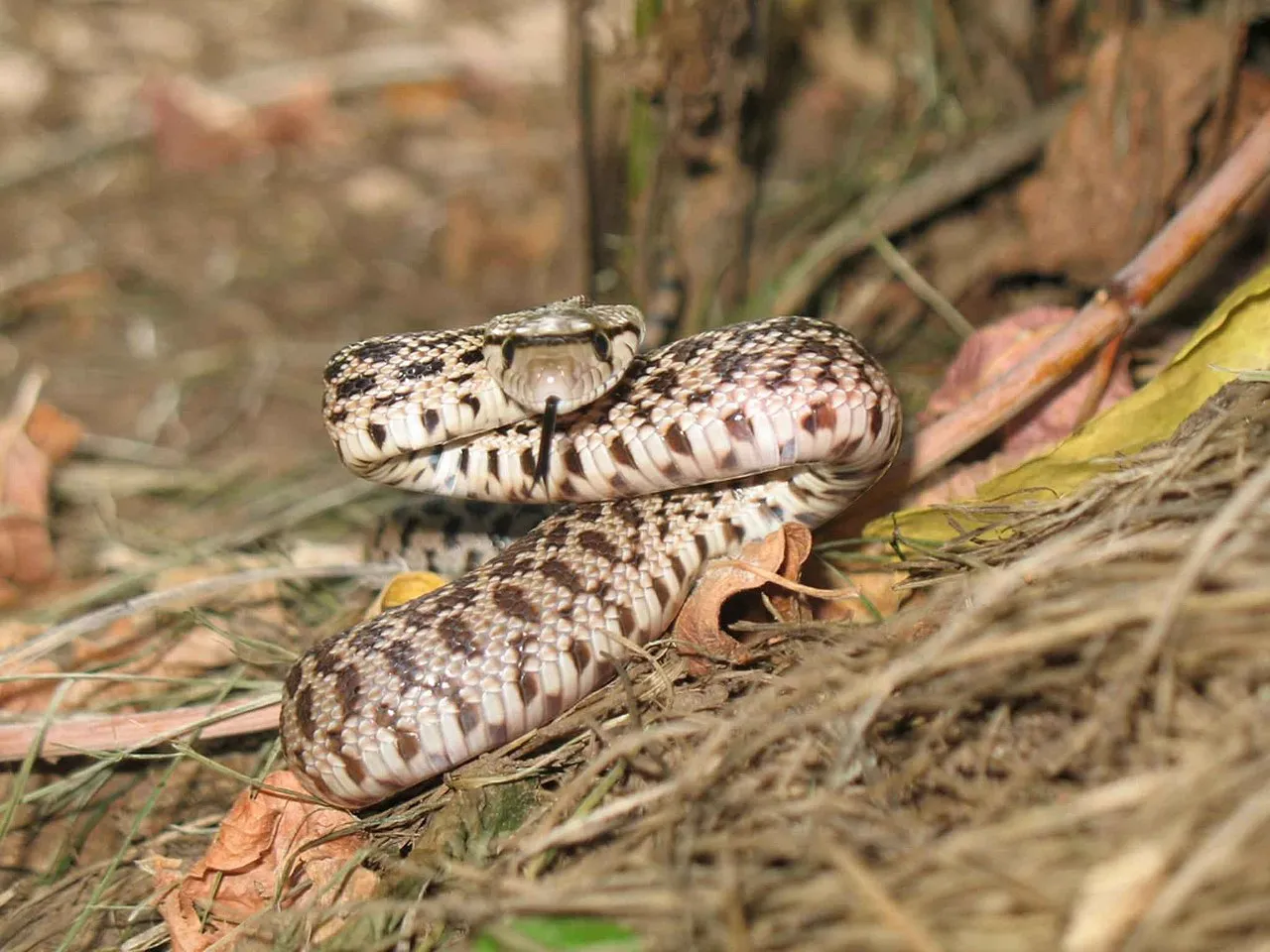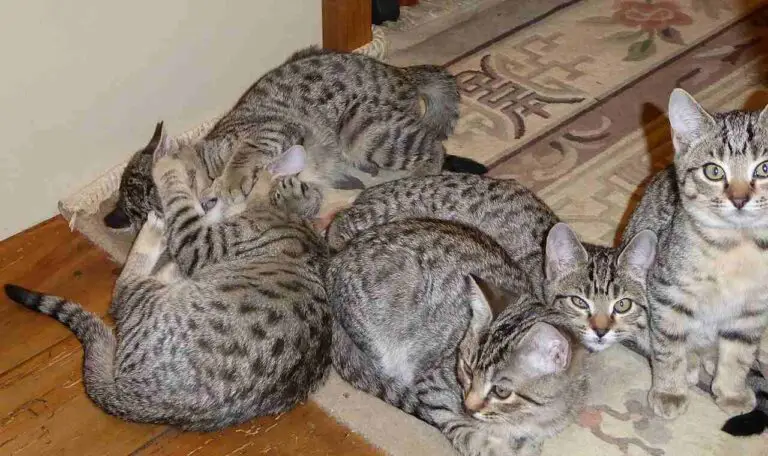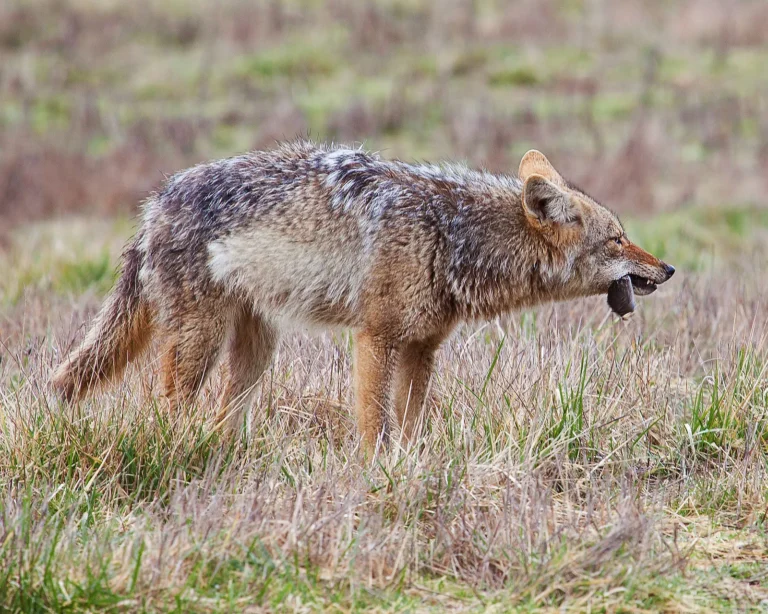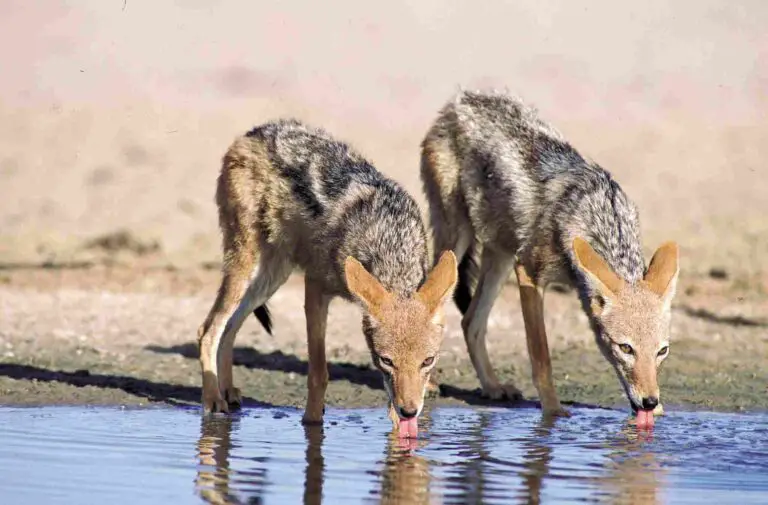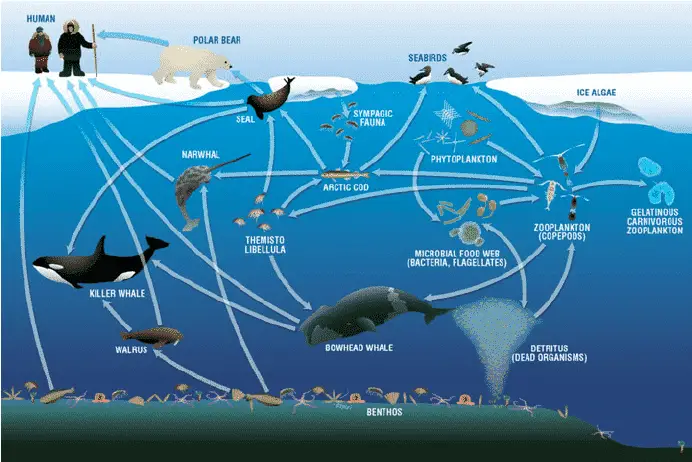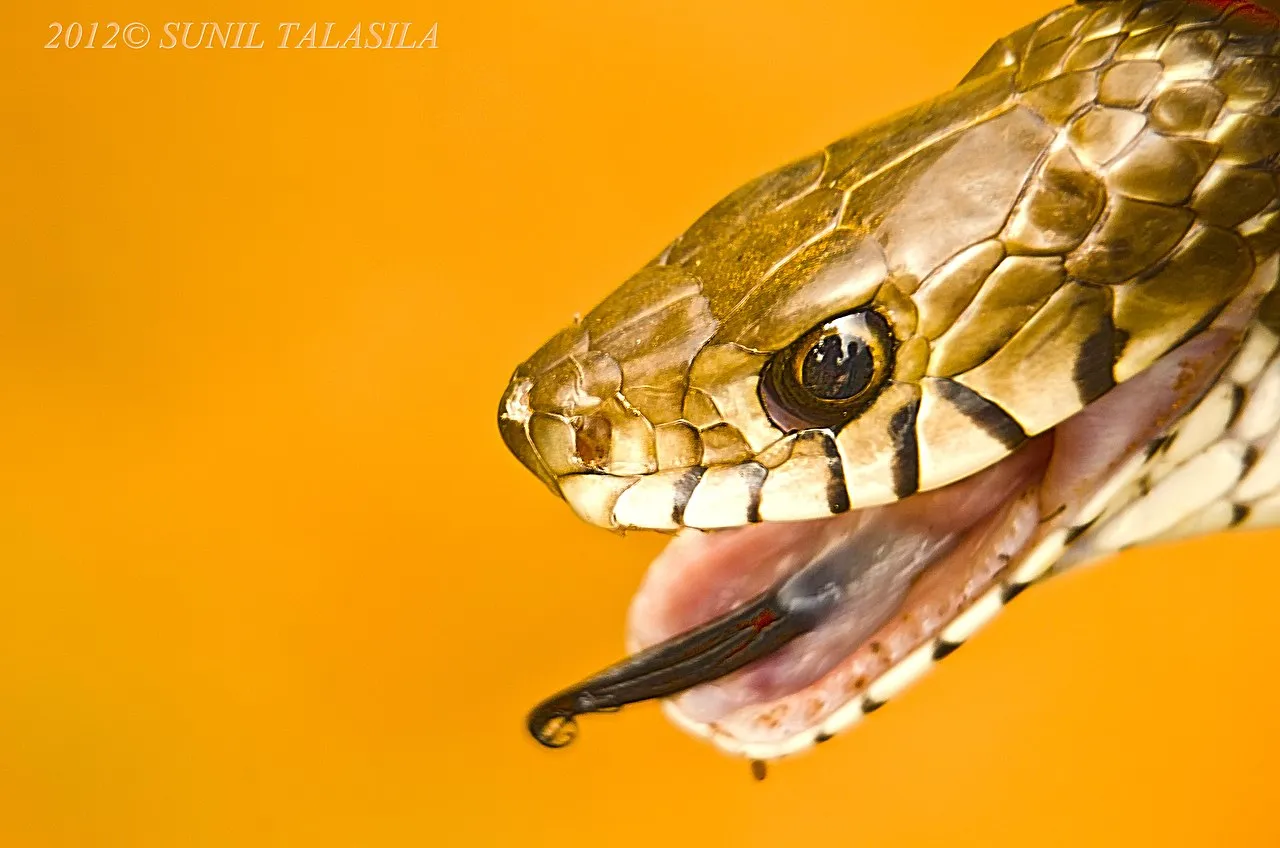
Similar Posts

9 Facts About the Abyssal Zone and Their Ecological Implications
Facts about the abyssal zone include its status as one of the Earth’s largest ecoregions, its low light penetration, frigid temperatures, high concentration of nutrient salts, polar origin of water masses, low biodiversity, predominance of chemosynthesis for primary production, role of fecal pellets as a food source, and high specialization of organisms.
